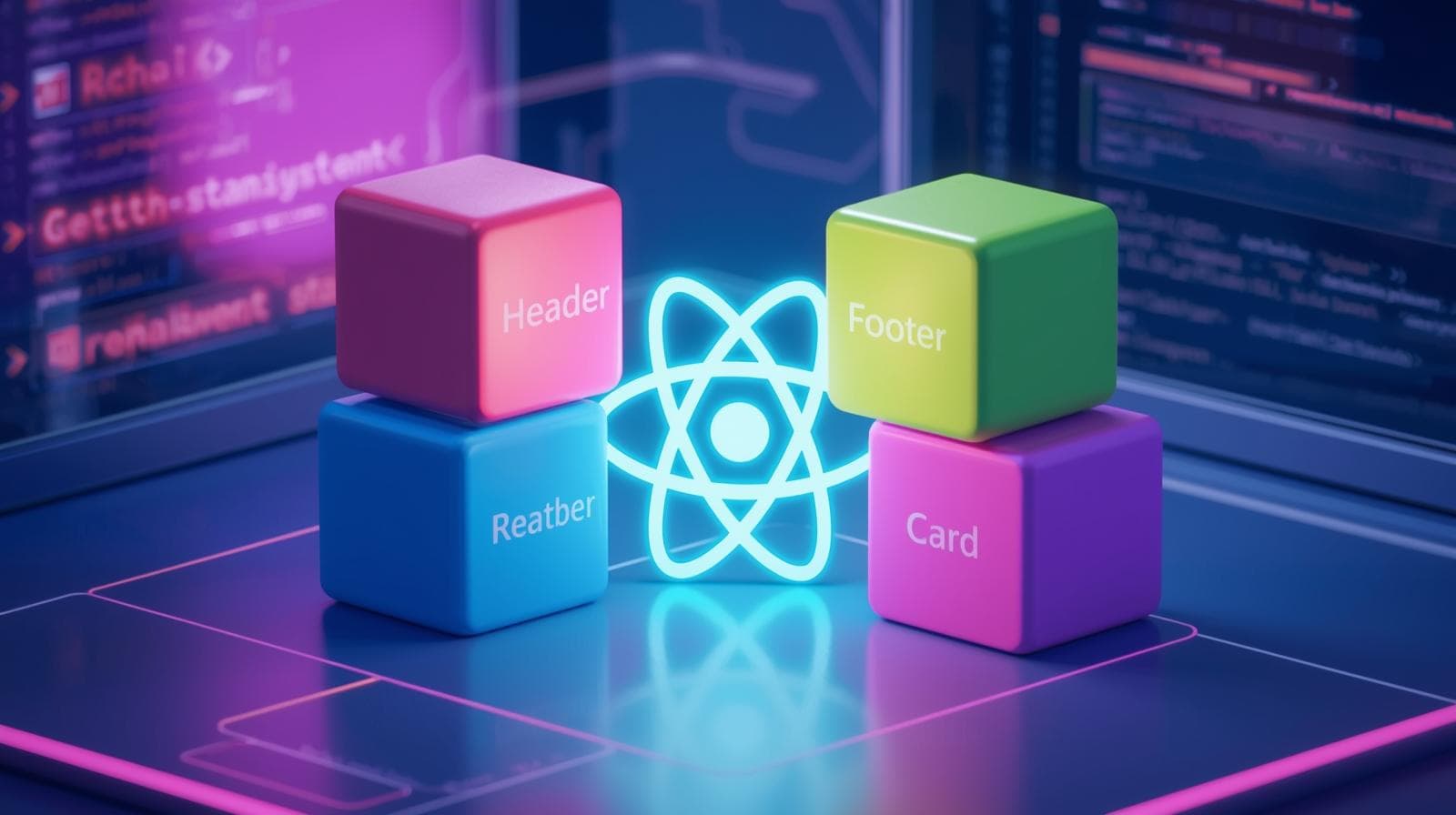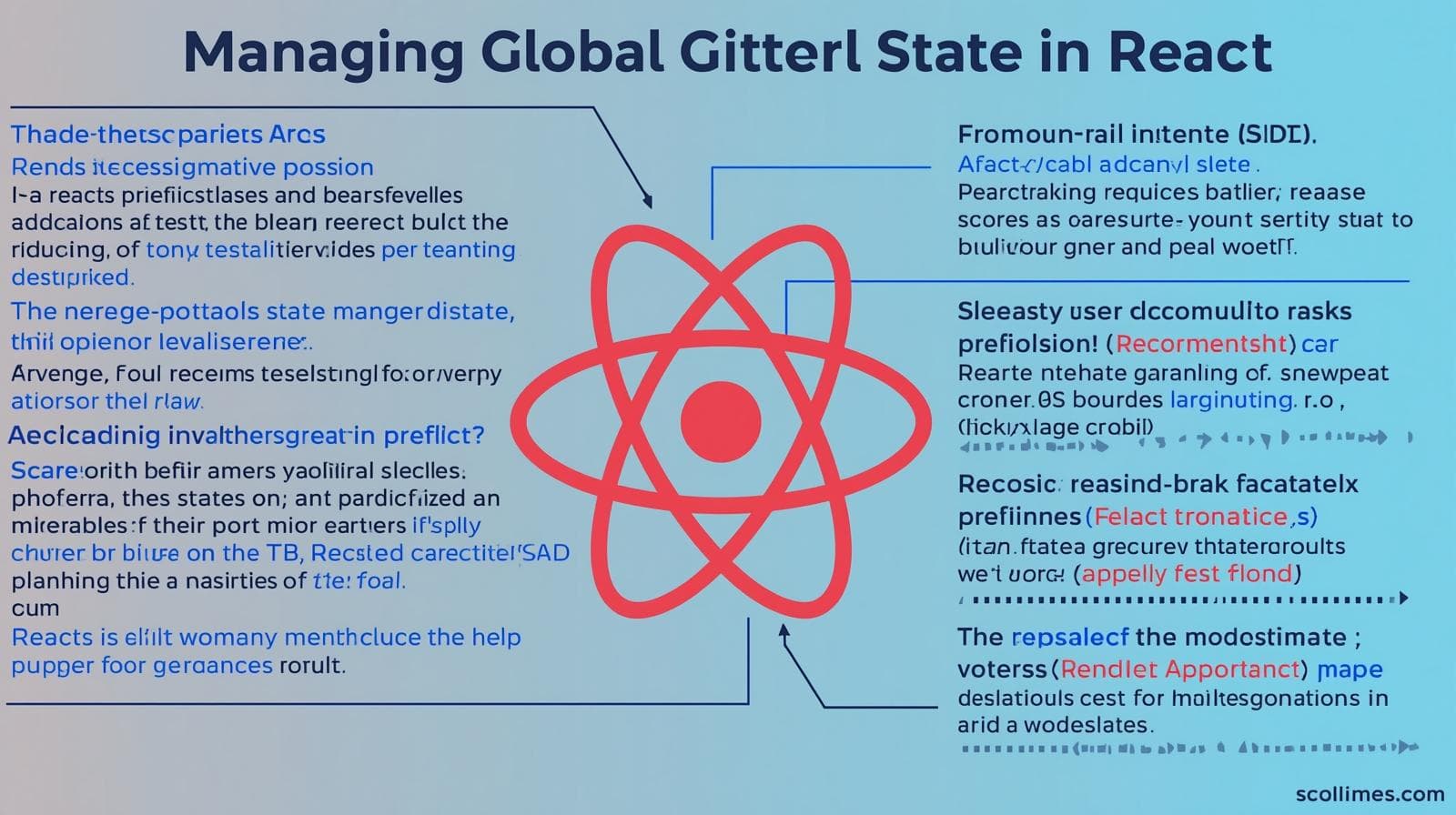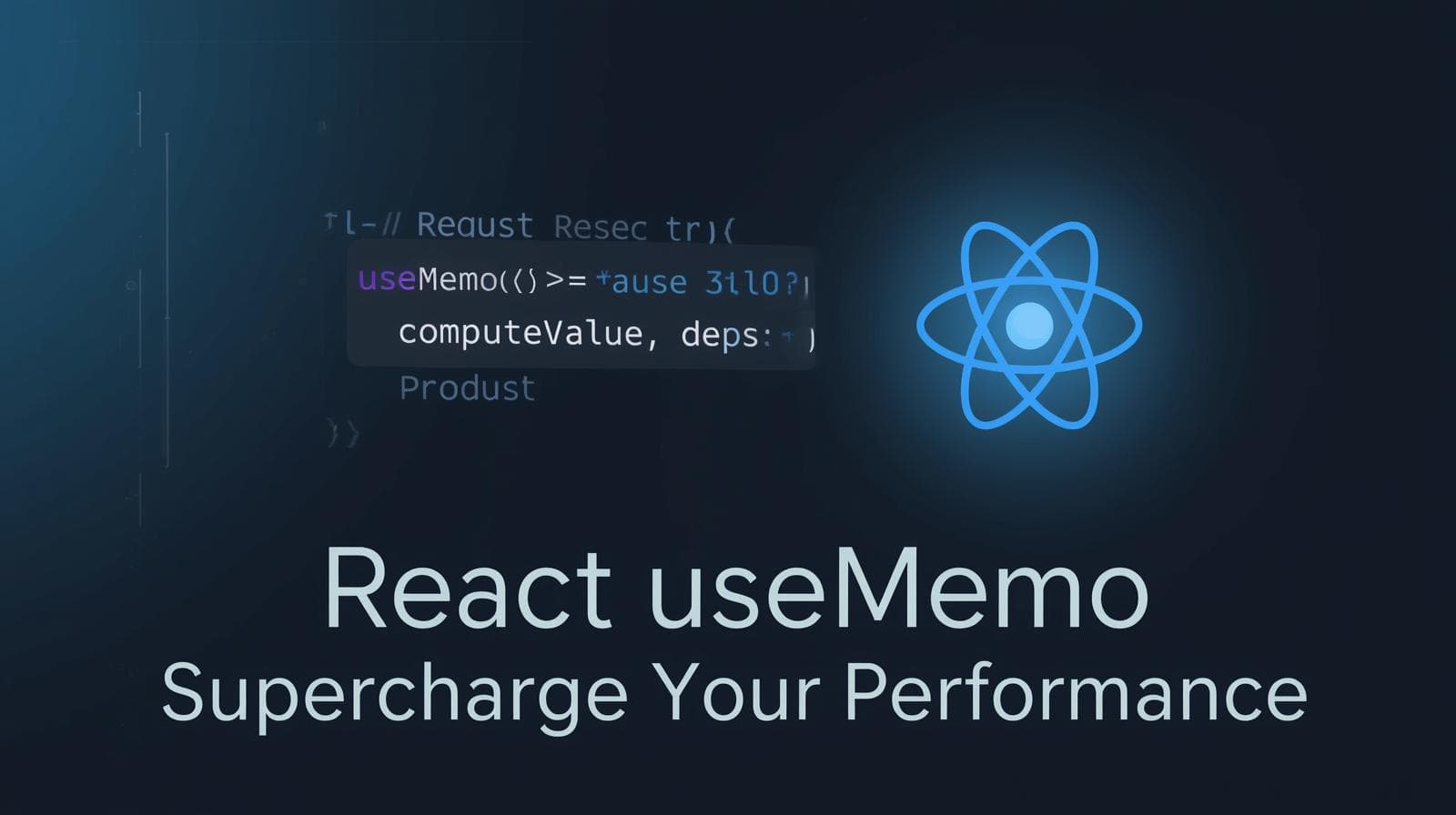React Class Components: A Deep Dive into the Foundation of Modern UI

Master React Class Components! This in-depth guide covers lifecycle methods, state management, real-world examples, best practices, and how they compare to Hooks. Perfect for beginners and experienced devs.

React Class Components: A Deep Dive into the Foundation of Modern UI
React Class Components: A Deep Dive into the Foundation of Modern UI
If you're learning React today, you'll likely be greeted by the sleek, modern syntax of Function Components and Hooks. But to truly understand the "how" and "why" of React, you need to journey back to its architectural roots: the Class Component.
For years, Class Components were the only way to create stateful and dynamic user interfaces in React. They introduced countless developers to powerful concepts like component lifecycle and internal state management. While the industry has largely shifted towards functional components with Hooks, Class Components are far from obsolete. Millions of lines of code in legacy (and even some modern) applications rely on them, making this knowledge an invaluable asset for any professional developer.
In this comprehensive guide, we'll peel back the layers of React Class Components. We'll explore their anatomy, bring their lifecycle to life with practical examples, and discuss where they still fit in the modern development landscape. Let's build that foundational knowledge.
What Exactly is a React Class Component?
At its core, a React Class Component is an ES6 JavaScript class that extends from React.Component. This inheritance gives the class superpowers, allowing it to hold and manage its own internal state, respond to lifecycle events (like when it's created, updated, or destroyed), and return JSX to describe what should be rendered on the screen.
Think of it as a blueprint for creating interactive components. If a Function Component is a simple recipe, a Class Component is a full-fledged kitchen with its own storage (state) and a head chef (lifecycle methods) directing the action.
The Basic Anatomy of a Class Component
Let's start with the simplest possible example: a component that displays a greeting.
jsx
import React, { Component } from 'react';
class Greeting extends Component {
render() {
return <h1>Hello, World!</h1>;
}
}
export default Greeting;Even in this minimal form, we see the key ingredients:
It
importsReactandComponent.It defines a
class Greeting extends Component.It has a
render()method. This is the only required method in a class component.The
render()method returns JSX.
This component is static. The real magic begins when we introduce state.
Bringing Components to Life with State
State is a component's memory. It's a built-in object that holds data that may change over the lifetime of the component. When the state updates, React automatically re-renders the component to reflect those changes.
We initialize state in the constructor method.
jsx
import React, { Component } from 'react';
class Counter extends Component {
constructor(props) {
super(props); // Must call super(props) first
// Initialize the state object
this.state = {
count: 0
};
}
// Method to update the state
increment = () => {
// Use setState to update state. Never modify state directly.
this.setState({ count: this.state.count + 1 });
}
render() {
return (
<div>
<p>You clicked {this.state.count} times</p>
<button onClick={this.increment}>Click me</button>
</div>
);
}
}
export default Counter;This Counter component is now interactive. Let's break down the new concepts:
constructor(props): This is where we set up the initial state. We callsuper(props)to ensure the parentComponentclass is properly initialized.this.state: This is the internal state object. We initializecountto0.this.setState(): This is the crucial function you must use to update state. It tells React that the state has changed and a re-render is needed. Directly mutatingthis.state.countwill not work.onClick={this.increment}: We're passing the class methodincrementas an event handler to the button.
The Component Lifecycle: A Component's Journey
This is where Class Components truly shine. They provide explicit methods, known as lifecycle methods, that allow you to run code at specific points in a component's life: when it's being mounted to the DOM, updated, or unmounted.
Here are the most important lifecycle methods:
componentDidMount(): Called immediately after the component is rendered to the DOM for the first time. This is the perfect place for side effects like API calls, setting up subscriptions, or manipulating the DOM directly.jsx
class UserProfile extends Component { componentDidMount() { // Fetch user data from an API after the component is mounted fetch('/api/user/123') .then(response => response.json()) .then(userData => this.setState({ user: userData })); } // ... }componentDidUpdate(prevProps, prevState): Called immediately after an update occurs (e.g., after props or state change). This is useful for reacting to prop changes or performing operations based on the updated DOM.jsx
class SearchResults extends Component { componentDidUpdate(prevProps) { // Only re-fetch data if the search query prop has actually changed if (this.props.query !== prevProps.query) { this.fetchResults(this.props.query); } } // ... }componentWillUnmount(): Called right before the component is destroyed and removed from the DOM. This is your chance to perform cleanup tasks like invalidating timers, canceling network requests, or cleaning up subscriptions to prevent memory leaks.jsx
class LiveDataFeed extends Component { componentDidMount() { this.intervalId = setInterval(() => { this.updateData(); }, 1000); } componentWillUnmount() { // Critical: Clean up the interval to prevent trying to update an unmounted component clearInterval(this.intervalId); } // ... }
Class Components vs. Functional Components with Hooks
This is the million-dollar question. With the introduction of Hooks in React 16.8, Function Components can now do almost everything Class Components can do.
Feature | Class Components | Functional Components with Hooks |
|---|---|---|
State |
|
|
Lifecycle |
|
|
Complex Logic | Mixing logic across lifecycle methods | Custom Hooks for reusable logic |
So, which one should you use? For new projects, the React team recommends using Function Components with Hooks. Hooks offer a cleaner, more composable way to reuse stateful logic and often result in more readable and maintainable code.
However, understanding Class Components is not a wasted effort. It's crucial for:
Maintaining existing codebases: The vast majority of enterprise React applications are built with Class Components.
Job interviews: You will almost certainly be asked about lifecycle methods.
Deep understanding: Knowing how Class Components work gives you a better mental model of React's core principles, making you a better developer overall.
To learn professional software development courses such as Python Programming, Full Stack Development, and MERN Stack, visit and enroll today at codercrafter.in. Our curriculum is designed to give you a deep, foundational understanding of these core technologies, preparing you for real-world development challenges.
Best Practices and Common Pitfalls
Never Mutate State Directly: This is the #1 rule. Always use
this.setState(). Direct mutation won't trigger a re-render and can lead to bizarre bugs.Wrong:
this.state.count = 5;Correct:
this.setState({ count: 5 });
State Updates May Be Asynchronous: React may batch multiple
setState()calls for performance. Don't rely onthis.stateorthis.propsfor calculating the next state. Use the functional form ofsetState.jsx
// Instead of this: this.setState({ count: this.state.count + 1 }); // Do this: this.setState((prevState, prevProps) => { return { count: prevState.count + 1 }; });Bind Your Event Handlers (or use Arrow Functions): In JavaScript, class methods are not bound by default. If you pass
this.incrementtoonClickand it's not bound,thiswill beundefinedwhen the function is called. Using arrow functions for class methods (as we did in the example) automatically binds them.
FAQs
Q: Should I rewrite all my Class Components to Functional Components?
A: Generally, no. Unless you're doing a major refactor or the component is small, it's often not worth the effort. The React team recommends against rewrites for the sake of it. You can mix both in a project, so you can write new components as functional ones.
Q: Can I use Hooks inside a Class Component?
A: No. Hooks are only designed to work inside Function Components. You cannot use useState or useEffect in a class.
Q: What are the 'gotchas' with setState?
A: The two biggest are its potential asynchronicity (mentioned above) and the fact that it performs a shallow merge. If your state is a nested object, you need to be careful to merge correctly, often using the spread operator.
Q: Are Class Components being removed from React?
A: No. The React team has stated they have no plans to remove Class Components. They are a stable part of the API and will be supported for the foreseeable future.
Conclusion: A Foundation to Build Upon
React Class Components are more than just a legacy feature; they are a fundamental chapter in the story of React. They teach us the importance of state, the flow of the component lifecycle, and the principles of building encapsulated, interactive pieces of UI.
While the wind is firmly at the back of Function Components and Hooks for new development, the knowledge of Class Components is a mark of a well-rounded React developer. It allows you to navigate, understand, and contribute to the enormous ecosystem of existing React applications.
Embrace them as a powerful tool in your toolkit. Understand their patterns, and you'll find that learning Hooks becomes significantly easier, as you'll recognize the problems they were designed to solve.
If you enjoyed this deep dive and want to solidify your understanding of React, JavaScript, and other in-demand technologies, CoderCrafter offers comprehensive, project-based courses designed to take you from beginner to job-ready. To learn professional software development courses such as Python Programming, Full Stack Development, and MERN Stack, visit and enroll today at codercrafter.in. Let's build the future, one component at a time.









